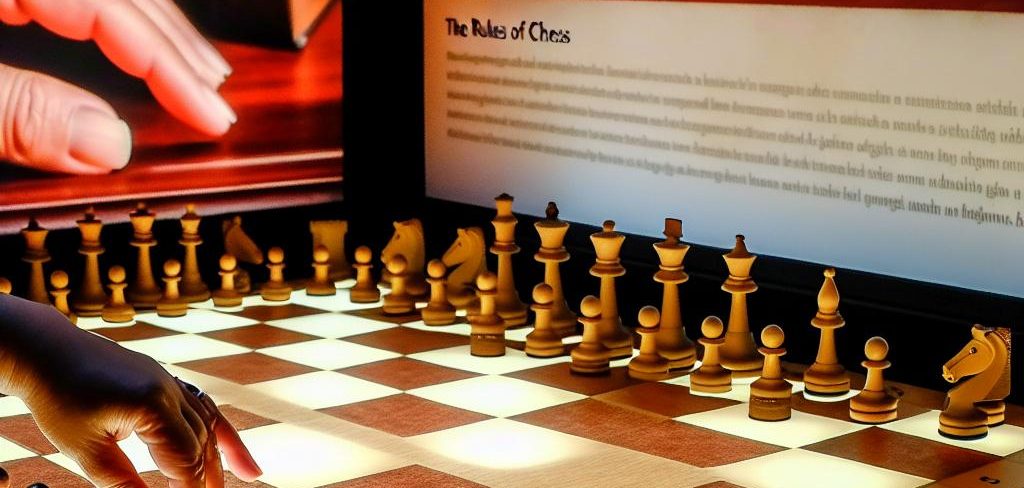The Basics of Chess
Chess is a classic strategic board game played between two opponents on a square board known as a chessboard. The board itself consists of 64 squares arranged in an 8×8 grid. Each player begins with 16 pieces. These pieces are made up of one king, one queen, two rooks, two knights, two bishops, and eight pawns. The ultimate goal of the game is to checkmate the opponent’s king, which means putting it under direct attack from which there is no escape.
Setting Up the Chessboard
Setting up the chessboard is the first step to playing chess. It is crucial that the board is positioned correctly to ensure fair play. Each player should have a light square on their right-hand corner. The pieces should be arranged in a specific order from left to right: rook, knight, bishop, queen, and king, followed by a bishop, knight, and rook on the back row. In front of these pieces, all eight pawns should be lined up. A critical detail to remember is that the queen must be placed on her color, meaning that if you’re playing the white pieces, the white queen should be on a light square, and if you’re playing black, the black queen should be on a dark square.
Chess Piece Movements
Every chess piece has its own unique movement capabilities:
King:
The king moves one square in any direction: forward, backward, sideways, or diagonally. Although it moves slowly, it is the piece that players must protect at all costs.
Queen:
The queen is undoubtedly the most powerful piece on the board. It moves any number of squares in any direction: forward, backward, sideways, or diagonally. Its versatility allows it to control large portions of the board.
Rook:
The rook moves any number of squares, but strictly in straight lines, either vertically or horizontally across the board. It is effective for both offensive and defensive strategies.
Bishop:
The bishop has the ability to move diagonally any number of squares. Each bishop begins the game on a square of a specific color and must continue to move on squares of that color throughout the game.
Knight:
The knight moves in an L-shape: two squares in one direction and one square perpendicular to that direction. Its unique ability is that it can “jump” over other pieces on the board, making it a valuable piece for surprise attacks.
Pawn:
Pawns have a unique movement pattern, moving forward one square but capturing pieces diagonally. When on its first move, a pawn can advance two squares forward. An interesting rule related to pawns is that if a pawn reaches the opponent’s back row, it can be promoted to any other piece (except a king), a move frequently done to transform it into a queen.
Special Moves
In addition to standard moves, chess has some special moves that players should be aware of:
Castling:
This is a defensive maneuver involving the king and one of the rooks. During castling, the king moves two squares towards a rook on its initial square, then that rook moves to the square over which the king skipped. Several conditions must be satisfied for castling to be possible, such as neither of the king and rook having moved prior.
En passant:
An en passant capture can occur when a pawn moves two squares forward from its starting position and lands beside an opponent’s pawn. The opposing pawn can then capture the first pawn as if it had only moved forward one square.
Pawn Promotion:
When a pawn advances to the opposite side of the board, it is eligible for promotion. This means it can be transformed into a queen, rook, bishop, or knight, but not a king. Promotion is generally done to a queen because it is the most powerful piece.
Game Objectives
The principal objective in chess is to checkmate your opponent’s king. Checkmate is a situation where the king is under the threat of capture on the subsequent move with no legal moves to escape the threat. A player can declare check by threatening an opponent’s king directly. Several options exist to counter a check: move the king out of the threat, capture the threatening piece, or place another piece between the king and the threatening piece. However, if none of these actions can be effectively implemented, then it is a checkmate, thus terminating the game.
Understanding these fundamental rules is key for beginners who wish to learn how to play chess. Players aspiring to deepen their knowledge in chess can advance to more nuanced strategies and tutorials offered on numerous chess learning platforms available online. These resources can provide further insights into sophisticated strategies, opening theories, and the various phases of the game.



